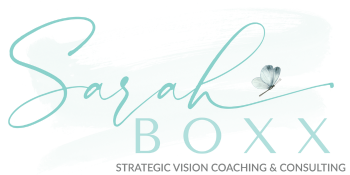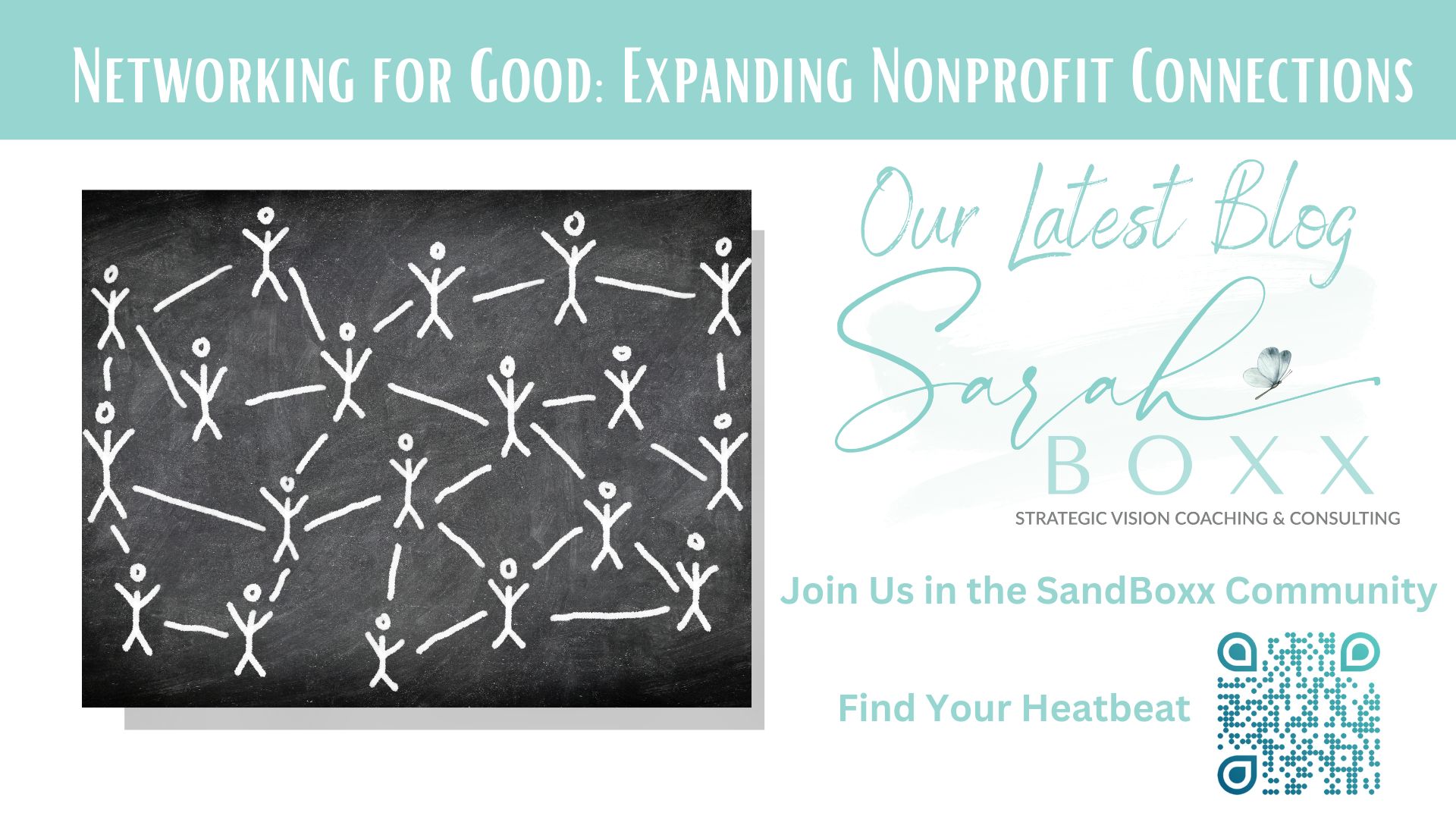“By failing to prepare, you are preparing to fail!”
– Benjamin Franklin
The long-term success of any organization or business hinges on the strength and quality of that organization’s strategic planning. Whether you are a small family-owned business, a nonprofit organization serving your local community, or a government agency whose services impact entire regions, planning for results and future growth is essential.
Plans are used to determine and clearly define the purpose and focus of an organization. They also identify specific goals and provide a guided structure for resource allocation. Different approaches to strategic planning can be taken, depending on the specific needs and structure of your organization.
Most organizations will create an individual (stand-alone) strategic plan. These plans identify the goals and objectives of a single organization. For example, a local real estate firm might develop an individual plan for their company, identifying which markets they plan to tap into, who their key salespeople will be, how they will fund their investments etc. Whether you are a sole proprietor, or your company employs dozens of men and women, having a strategic plan is helpful.
Nonprofit? Same considerations apply, only now you need to consider your community, clients, and ensuring you uphold the community’s trust as you implement your plan.
Some situations may call for a collaborative plan, in which multiple agencies or organizations come together to develop a shared vision and goals. The planning process requires everyone involved to maintain an attitude of openness and trust while working with others. Although collaborative planning may seem laborious and time consuming compared to creating a top-down, management driven strategic plan, the benefits of working together far outweigh the costs.
Let me give you an example!
Five years ago, I worked with a group of organizations to develop a collaborative plan. When our team started the strategic planning process, the group declared their mission, vision, and purpose. Much like any other organization or business would, they developed and used a situational analysis to identify their collective strengths, weaknesses and areas for future focus.
Collectively their strengths were amazing – far exceeding what any single organization could do on their own! They were willing to go outside of their comfort zones to work together and support one another, and they lived a strengths-based philosophy within their organizations, but more importantly as a collective group.
The strategic plan has shaped the culture of each organization and given them direction. Today almost 6 years later, this group is a nonprofit organization with 74 member organizations serving a multi-county region directly through its resources.
Did planning matter? You bet.
“We wanted to focus on the strengths of each of us, not individually, but then collectively and then to have a unified voice around what that [future] looked like and what that sounded like… We were speaking as a unified group of nonprofits, and most importantly, we were all having the same message-the same language around how we were doing the work [collaboratively]”.
– Susan Gomez, CEO
Inland Empire Community Collaborative (IECC)
Different situations and organizations may warrant the use of different types of plans, but regardless of the situation, there are certain key components that every successful strategic plan must have.
Key Components of A Strategic Plan
- Purpose/Focus for The Organization
What is your primary mission? Why does your organization exist? What future are you working toward? - Specific Goals and Objectives
What are you trying to do/accomplish? - Strategies to Accomplish Your Goals
How are you going to reach your goals? - Measures of Success
What key performance indicators and metrics can be used to determine whether or not your group is succeeding? - Timeframe
What is the deadline for each milestone/goal?
- Important People/Stakeholders
Who are the end-users of the plan? Who is responsible for implementing strategies and measuring success? - Resources
What resources (money, materials, labor etc.) do you need? How and when will you obtain these resources and where will it come from?
Want more guidance on basic strategic plan documents? Click here to connect to the Free Management Library. This is a great resource for nonprofit organizations and can be used for other groups, too.
Need more help after that?
Click here now grab one of my free 15-minute coaching sessions in September.



